Author: Will Lovell
Originally derived from English Pale Ale and adapted to local ingredients, Australian Sparkling Ale is a true Aussie original. Coopers in southern Australia is noted for being the longest standing brewer of this unique regional style, featuring it as their flagship beer since 1862. Crisp, clean, and carbonated, Australian Sparkling Ale serves as a refreshing way to relax after a long day’s work.
While traditionally made with pale malt, sugar, and cluster hops, Australian Sparkling Ale eventually came to be known for its use of the locally grown Pride of Ringwood hop, which contributes unique woody, earthy, and herbal notes. Referred to by some as the “Pale Commonwealth Beer,” the BJCP describes Australian Sparkling Ale as:
A well-balanced, pale, highly-carbonated, and refreshing ale suitable for drinking in a hot climate. Fairly bitter, with a moderate herbal-spicy hop and pome fruit ester profile. Smooth, neutral malt flavors with a fuller body but a crisp, highly-attenuated finish.
I was unfamiliar with Australian Sparkling Ale until a few months ago when it was featured in a local competition. After doing some light reading on the style, I realized it would be an ideal accompaniment to the hot Texas summers and decided to brew up a batch, albeit using less conventional methods.
| BREWING THE BEER |
Using ingredients I had on hand, I designed a simple Australian Sparkling Ale recipe, substituting the difficult-to-source Pride Of Ringwood hops for a variety of other Down Under hops.
Short & Shoddy Australian Sparkling Ale
Recipe Details
| Batch Size | Boil Time | IBU | SRM | Est. OG | Est. FG | ABV |
|---|---|---|---|---|---|---|
| 5.5 gal | 30 min | 32.3 | 6 SRM | 1.052 | 1.006 | 6.04 % |
| Actuals | 1.052 | 1.006 | 6.04 % | |||
Fermentables
| Name | Amount | % |
|---|---|---|
| Maris Otter Malt | 5 lbs | 42.11 |
| Pilsner Malt | 5 lbs | 42.11 |
| Table Sugar | 1 lbs | 8.42 |
| Caravienne Malt | 14 oz | 7.37 |
Hops
| Name | Amount | Time | Use | Form | Alpha % |
|---|---|---|---|---|---|
| Pacific jade | 2 g | 30 min | Boil | Pellet | 12 |
| Galaxy | 26 g | 15 min | Boil | Pellet | 15.3 |
| Vic Secret | 55 g | 1 min | Boil | Pellet | 18.4 |
Yeast
| Name | Lab | Attenuation | Temperature |
|---|---|---|---|
| Flagship (A07) | Imperial Yeast | 77% | 32°F - 32°F |
Notes
| Water Profile: Ca 66 | Mg 11 | Na 8 | SO4 106 | Cl 54 |
Download
| Download this recipe's BeerXML file |
I started this brew day during my work lunch break by collecting the full volume of water and adjusting it to my desired profile before milling the grains.
At 5:38 PM, I flipped the switch on my Delta Brewing Systems AIO controller then incorporated the grains 20 minutes later when it was properly heated, after which I confirmed it was at my target mash temperature.
During the mash rest, I prepared the kettle hop additions.
Once the 30 minute mash rest was complete, I removed the grains and proceeded to boil the wort for 30 minutes, adding hops at the times stated in the recipe.
When the boil was complete, I quickly chilled the wort before transferring it to a sanitized Kegmenter.
A refractometer reading showed the wort was at 1.052 OG, for a brewhouse efficiency of 60%.
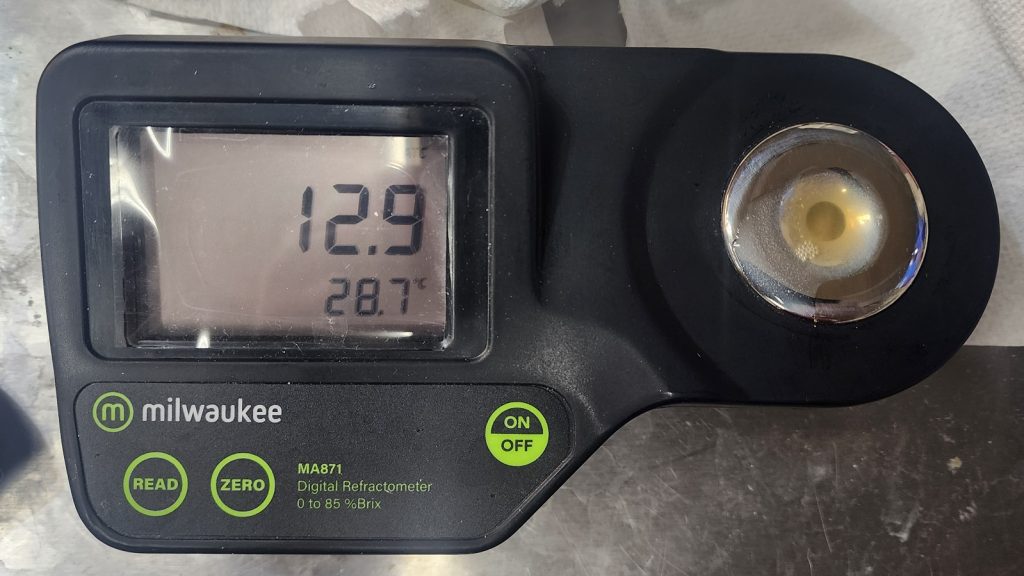
I direct pitched a single pouch of Imperial Yeast A07 Flagship into the 71°F/22°C wort. The time was 8:11 PM for a total brew day length of just 2 hours 33 minutes.
I placed the filled fermenter in my fermentation chamber controlled to 66°F/19°C and left it alone for a week before taking a hydrometer measurement showing it had reached 1.006 FG.
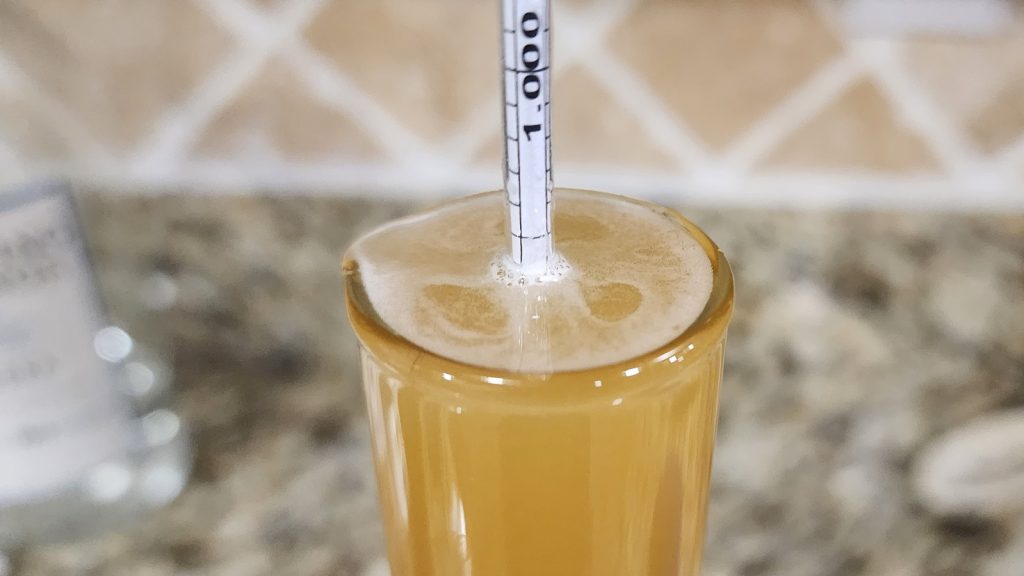
With fermentation complete, I cold-crashed the beer overnight then pressure-transferred it to a CO2 purged keg where I fined it with gelatin. The filled keg was placed on gas in my kegerator and burst carbonated for 15 hours before I reduced the gas to serving pressure. After a couple more weeks of conditioning, the beer was ready to serve to blind tasters.
| RESULTS |
A total of 22 people of various levels of experience participated in this Short & Shoddy evaluation. Participants were informed of the specific beer style and provided the BJCP description prior to completing the survey. Tasters were then instructed to rate how hoppy, malty, and dry they perceived the beer to be on a 0-5 scale where a rating of 0 indicated “not at all” and 5 indicated “extremely.”
Tasters were provided a list of common hop, malt, and yeast characteristics then instructed to select from each the one they perceived as being most prominent in the beer.
Hop Characteristics
Malt Characteristics
Yeast Characteristics
Next, participants were asked to indicate whether or not they detected any off-flavors in the beer; those who did were provided a list of common off-flavors and instructed to select the one they perceived as being strongest. One person noted perceiving an astringent off-flavor.
Tasters were then asked to rate how well the beer represented the intended style, based on the provided BJCP description, on a 0-5 scale where 0 meant “not at all” and 5 meant “exactly.”
Finally, tasters were asked to rate how much they enjoyed the beer on a 0-5 scale where 0 indicated not at all and 5 indicated extremely.
My Impressions: Having never tried a genuine example of Australian Sparkling Ale, it was tough for me to gauge how well my version represented the style, but it lined up nicely with the BJCP description. I felt the beer turned out great – light, crisp, and effervescent. Perfect of a hot Texas day!
| CONCLUSION |
One of the many cool things about beer is the fact it’s been around a long time, which has led to various regions around the world putting their own spin on this refreshing beverage. Inspired by the refreshing Pale Ale that was being imported from England, brewers in Australia did exactly this in the late 19th century by incorporating local ingredients into what eventually came to be known as Australian Sparkling Ale.
Similar English brewing tradition, the approach to making Australian Sparkling Ale isn’t necessarily all that convoluted, though there are certain steps many brewers perform as a matter of course. Interestingly, tasters of this Short & Shoddy version made with an abbreviated mash and boil as well as the use of non-traditional ingredients not only seemed to enjoy drinking it, but felt it was a decent representation of they style based on the BJCP description. While one person felt they picked up an astringent character, none of the other 21 tasters noted perceiving any off-flavors.
Here in the US, or at least in the part of Texas where I live, commercial examples of Australian Sparkling Ale is all but impossible to come by, and one of the big perks of homebrewing is that I can make one myself based off of existing information. While this Short & Shoddy version didn’t rely on the most traditional ingredients, I not only felt it aligned well with the BJCP style description, but that it was quite delicious with none of the issues one might expect from a beer made with the methods I used.
If you have thoughts about this Short & Shoddy brew, please feel free to share it in the comments section below!
Support Brülosophy In Style!
All designs are available in various colors and sizes on Amazon!
Follow Brülosophy on:
FACEBOOK | TWITTER | INSTAGRAM
If you enjoy this stuff and feel compelled to support Brulosophy.com, please check out the Support page for details on how you can very easily do so. Thanks!


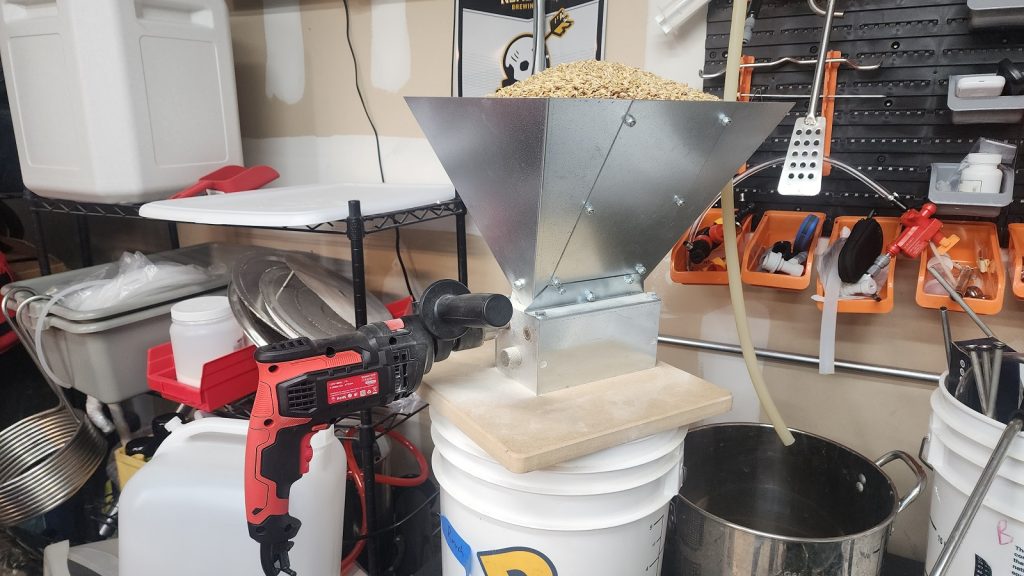
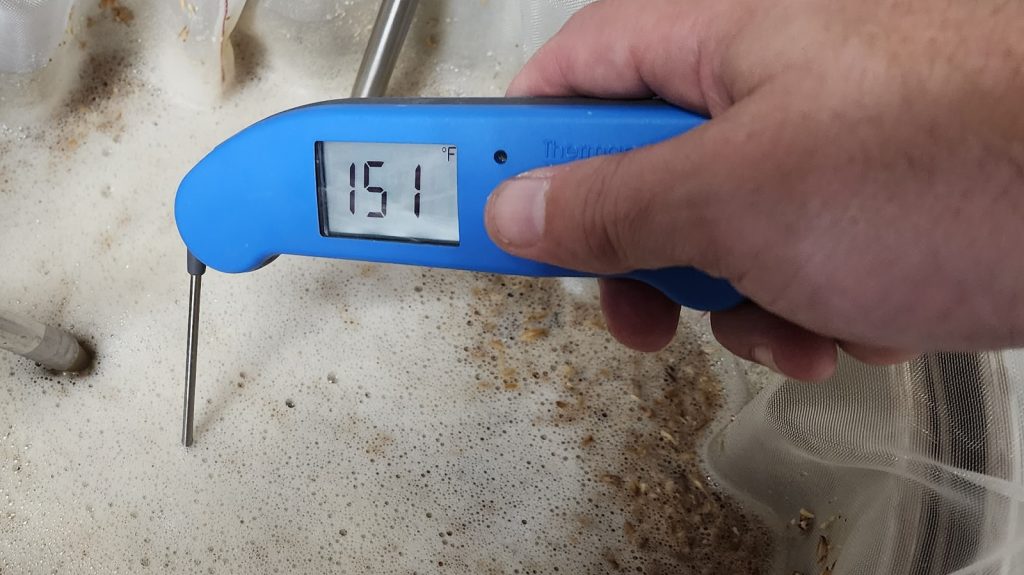
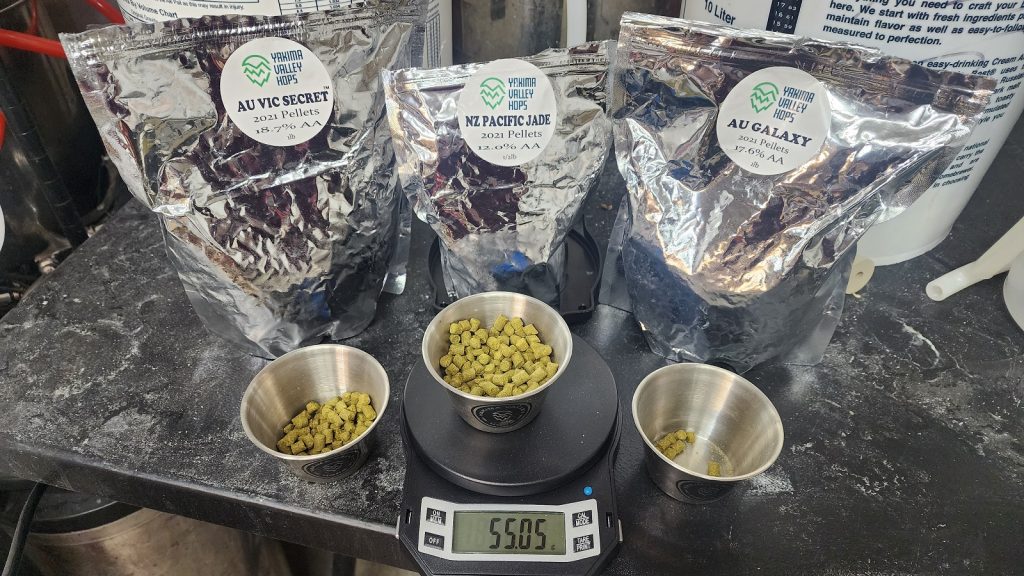
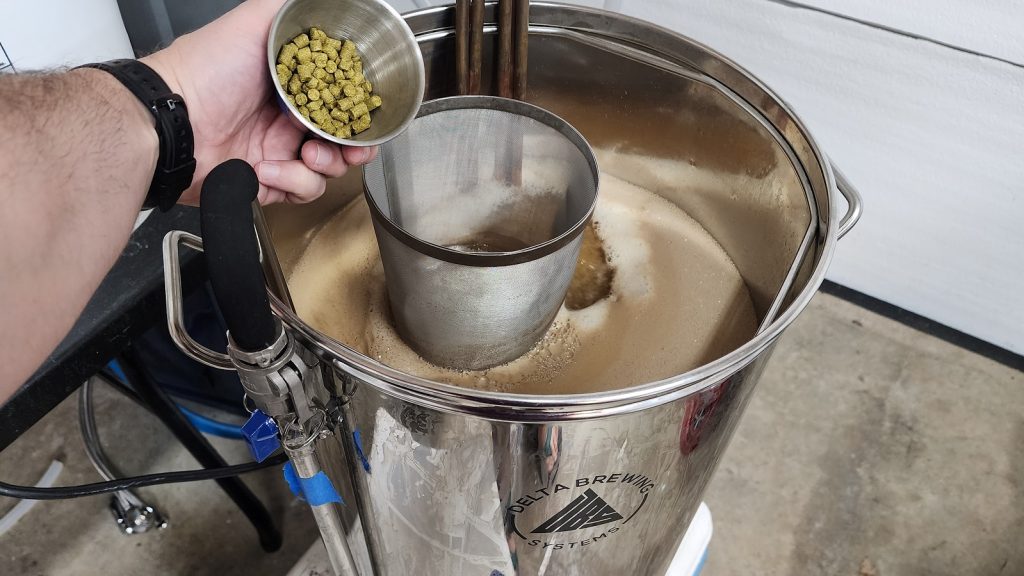
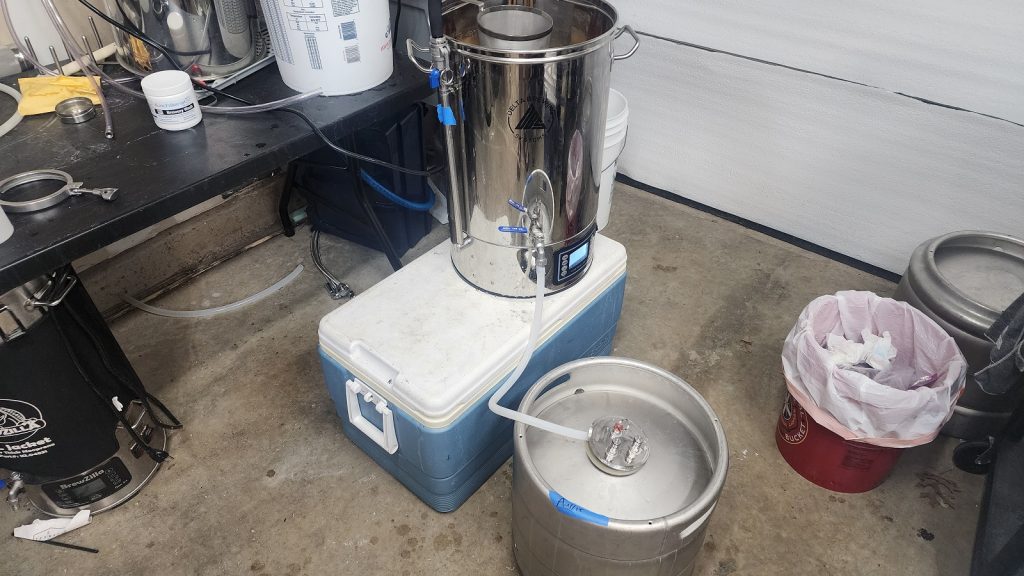
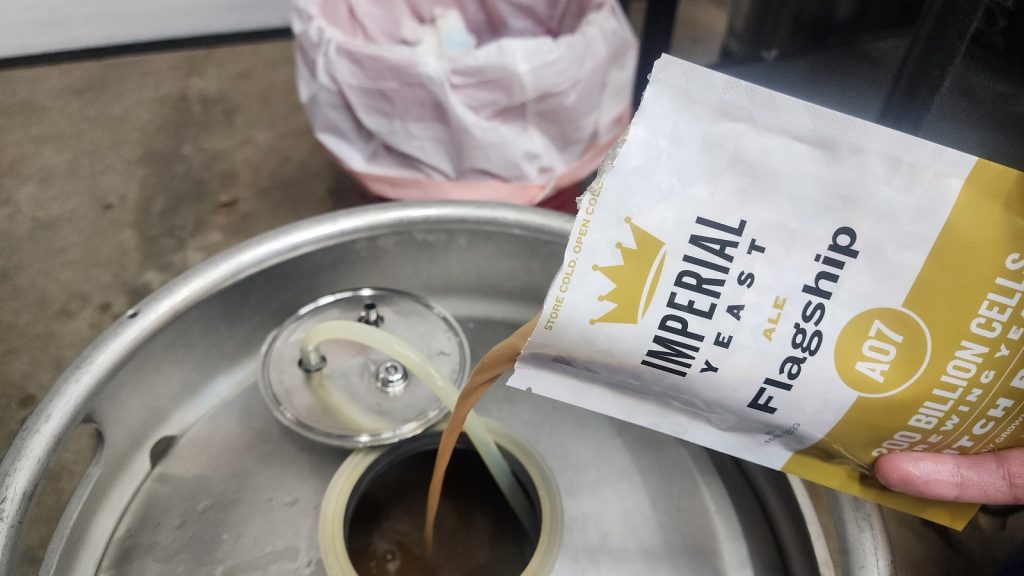
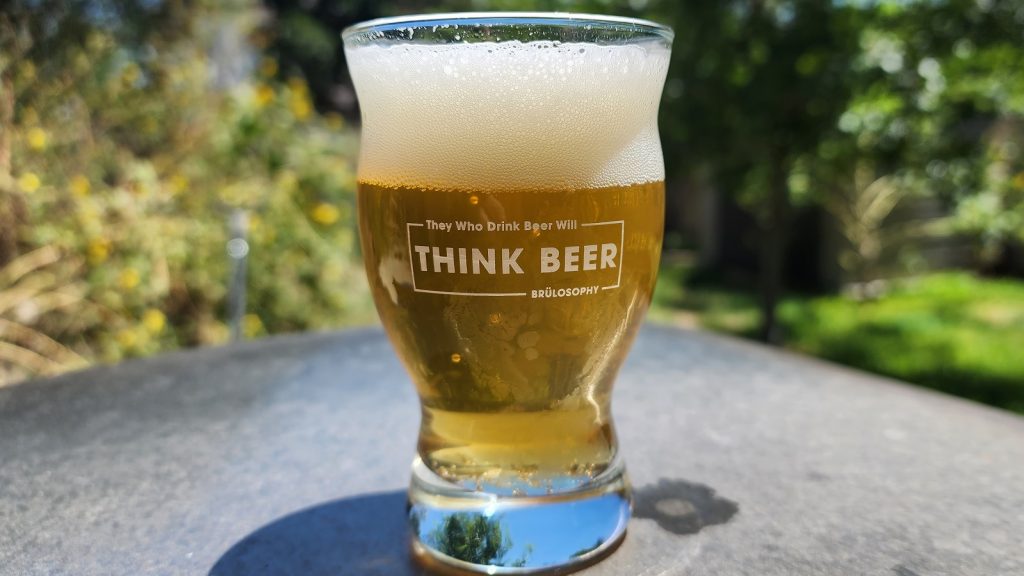
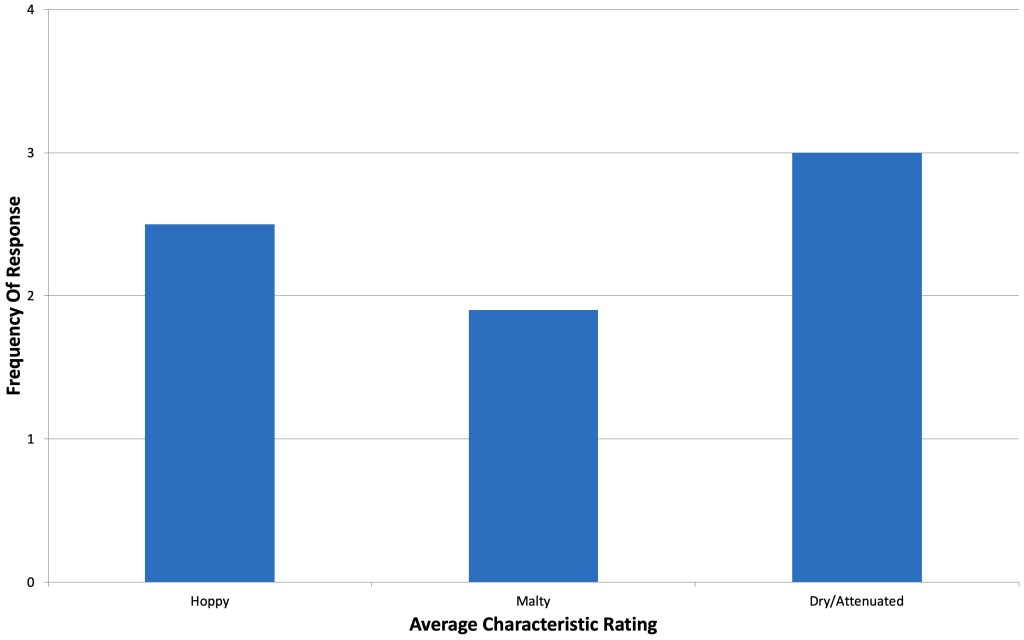

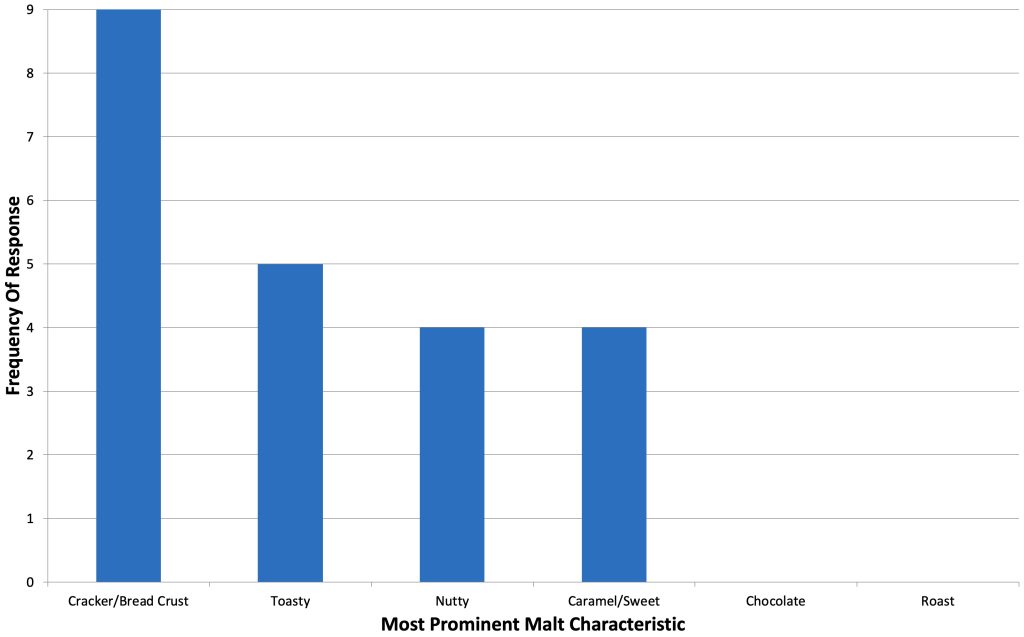
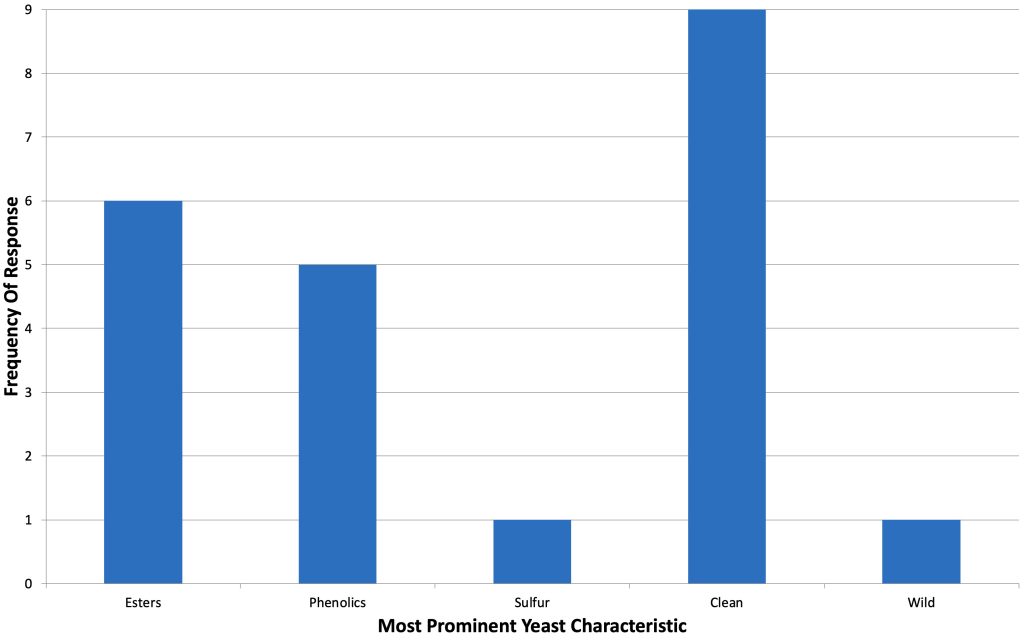
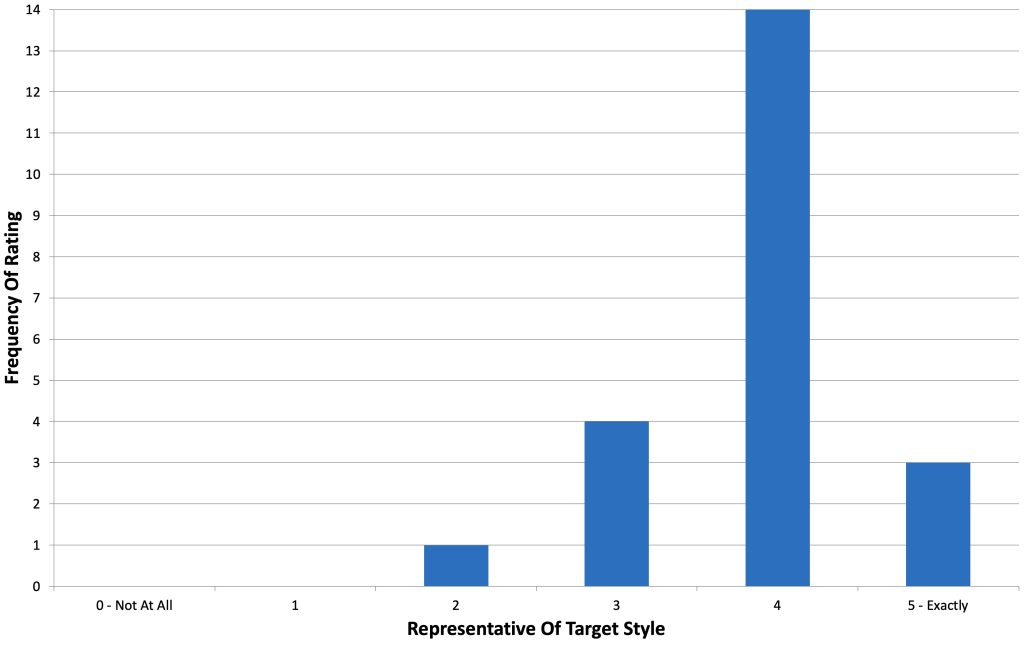
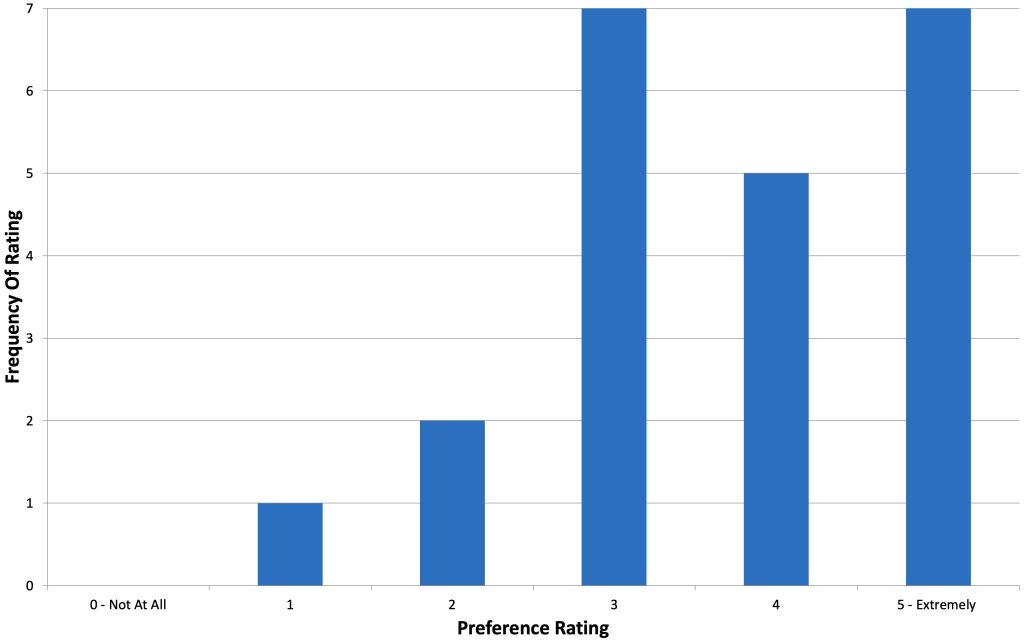











7 thoughts on “Short & Shoddy | Australian Sparkling Ale”
While I really appreciate you drawing attention to this well loved style.
May I construct a little well deserved criticism towards the recipy.
Malt: pale malt would have done it. More precisely schooner, commander and scope. Australian malt is essentially two row. Australian sparkling ale doesn’t have a marris otter flavour profile. I would have gone for a two row base. Apx 5% non malt Adjunct like wheat malt. And 10g bpm / 20l batch equivalency for colour adjustment. I don’t dislike your table sugar adition. The style does have a dry finish.
Hops: POR subs: Centennial, Galena, Cluster would have been more appropriate (Despite origin)
Yeast: WLP009 is currently available. It’s not the exact “coopers dry” strain. But bloody close.
Even closer genetically (and easier to obtain is “Mauribrew A – 514” Dry yeast.
So no excuses for subbing yeast here unfortunately. You won’t get the same ester from your sub.
Overall. Probably vaguely similar to an Australian sparkling ale. And I’m sure an awesome thirst quencher.
Thanks for bringing this style to world attention. Bjcp 12B
Currently coopers sparkling ale is the only surviving example of this style. The others turned into pale lagers early 20th century.
I agree 100%
+1
Galaxy hops might be from Australia but they’re utterly inappropriate in this style of beer.
Coopers Sparkling has very little hop flavour (you could use any old bittering hop IMO) but is heavily dominated by that cloudy, distinctive yeast. I don’t think you could or should bother without the Coopers yeast.
In fact, as someone who spent way too long drinking Coopers (they weren’t many good options in Australia before about 2010!) I just wouldn’t bother with this style at all. Just sayin’.
Not sure your choice of yeast was correct you should be looking for a nice hit of isoamyl acetate in a coopers sparkling
Agreed. No excuses for yeast subbing here mate.
Oh man, next time you do one of these throw the word out and see if one of your aussie readers can mailbag you a bunch of ringwood (Not sure how customs handles these sorts of things. Do they need to know?). Its a great little hops. It doesn’t always have the best reputation in australia due to people associating it with cheap and nasty macro-lagers like VB or Fosters, but I’ve found that when treated respectfully it can actually be quite delightful in a brew.
Honestly, Coopers yeast is what holds their beers back from being good to great. I think they have a romantic idea of using the same strain for so long, but there are so many better yeasts around these days that if they became more progressive, they could do amazing things.
I would actually love to taste this beer using different hops and yeast. Maybe we can see a resurgence of this style with different takes on it.
Nice work Will!